 I was in Columbus for four days, attending lectures, giving them (one on Garden Restoration and another on improving communication between landscape designers and clients), walking through a trade show, networking, and seeing old friends and making new ones.
I was in Columbus for four days, attending lectures, giving them (one on Garden Restoration and another on improving communication between landscape designers and clients), walking through a trade show, networking, and seeing old friends and making new ones.
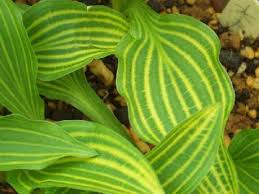
Hosta ‘Mito-no-Hana’-hostalibrary.org
Many of the talks were on plants and, of course, I started making a list of plants I must have. Stephanie Cohen, my longtime friend and perennial diva, spoke at MGIX about short perennials. I draw the line at Hosta ‘Mito-no-Hana’ however. Although it looks like a variegated Convallaria (Lily-of-the-Valley) on steroids, I won’t be purchasing one any time soon. The lowest price I can find is $120.

Dicentra ‘Love Hearts’-rootsrhizomes.com
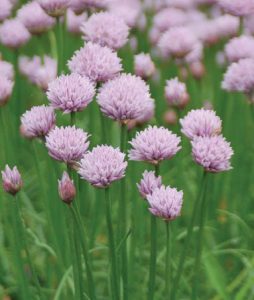
Allium ‘Chivette’-americannurseryman.com

Origanum ‘Pilgrim’-russellwholesale.com
Nevertheless, I should be able to find Dicentra ‘Love Hearts’, the newest cultivar in this series of bleeding hearts, Allium ‘Chivette’, a sterile cultivar in the onion family that blooms for a long period during the summer, and Origanum ‘Pilgrim’, an ornamental oregano with elongated, more substantial flowers.
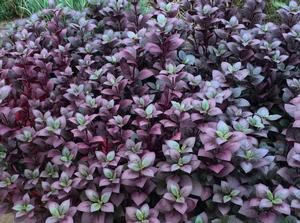
Alternanthera ‘Purple Prince’-ugatrialgardens.edu

Alternanthera ‘Brazilian Red Hots’-hmaplants.com
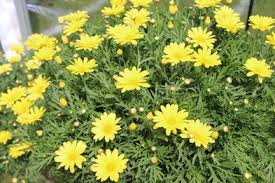
Argyranthemum ‘Golden Butterfly’-gpn.com

Salvia ‘Playin’ the Blues’-worldplants.ca
Pam Bennett, an Associate Professor with The Ohio State University, is the supervisor of the university plant trials in Clark County. At MGIX, she shared with us the knowledge she has garnered from those trials. Thus, this year, when I purchase annuals for my containers, I’ll be looking for Alternanthera ‘Purple Prince’ (both drought and shade tolerant) and ‘Brazilian Red Hots’ (I used this one a few years ago and loved it), one of the Butterfly series of Argyranthemum (they continue to bloom all summer and fall without deadheading) and Salvia ‘Playin’ the Blues’ that also reblooms without deadheading and is a bee attractor.
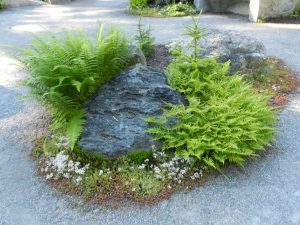
Small island bed in meditation garden at Coastal Maine Botanic Garden
The best design talk I heard was given by John DeVore, a Cincinnati landscape designer and APLD member, who is also a philosopher. His topic was “The Art of the Restorative Garden” and he distinguished healing gardens from restorative gardens as those being for us rather than hospital, nursing home, or hospice gardens. The thrust of his talk was that we have lost touch with nature and cited the amazing number of studies that clearly show the connection between physically being in nature and improvement in physical and mental health. You may or may not remember one of my posts that was guest written about the improvement in her health when she started gardening and putting her hands in the soil. Scientifically, this is called biophilia. If you a designer, you want to use calm colors: green, white, and blue and you want to design paths so that there are always niches where the walker can stop to rest and/or meditate.
I’m sure you know that the key to aging gracefully is continuing to stimulate the brain and keeping those muscles moving. Next week, on to Omaha to speak to the Nebraska Nursery and Landscape Association.


0 Comments